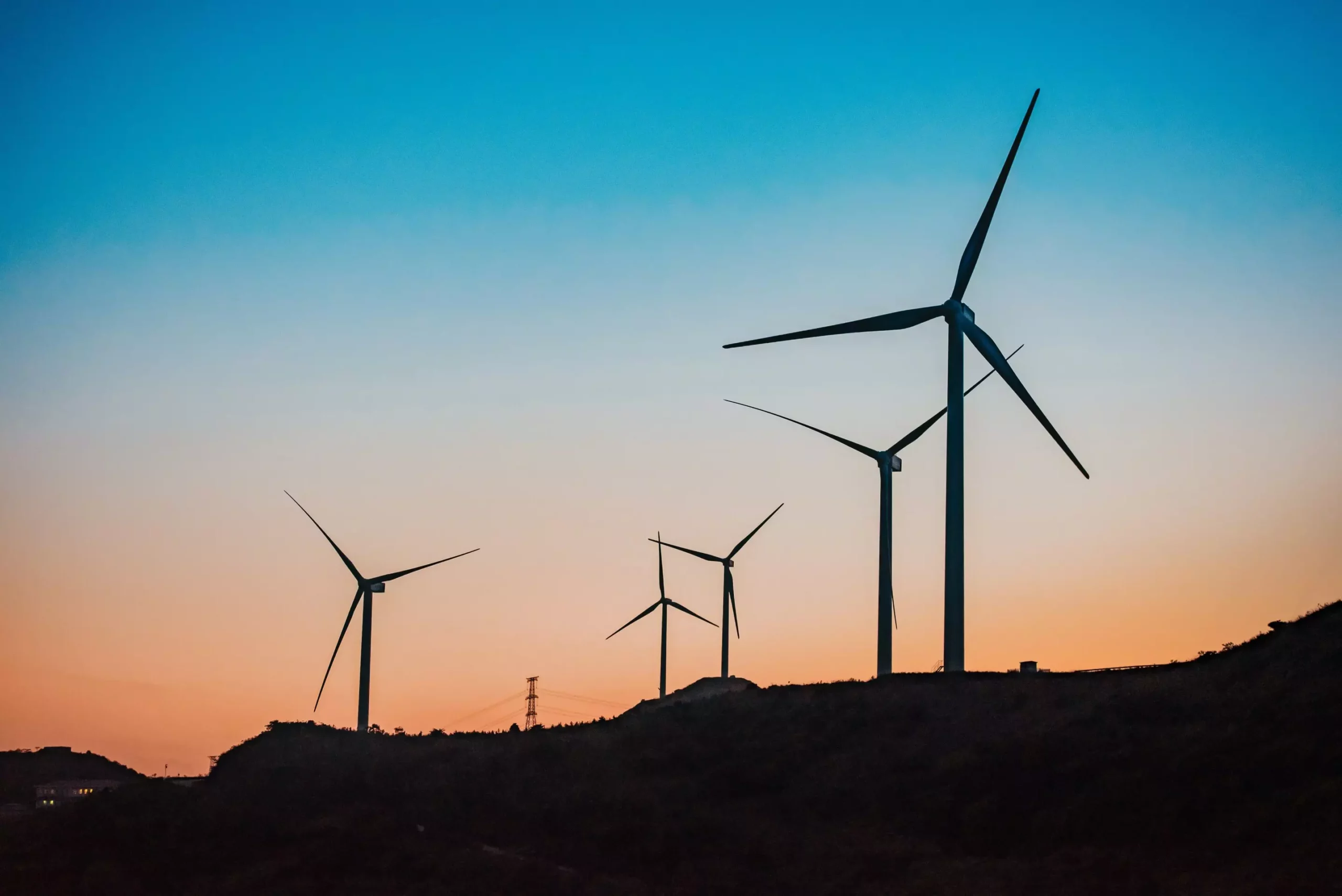Despite decades of advocacy for renewable energy and substantial governmental investments, many countries, including Australia, continue to grapple with an entrenched dependency on fossil fuels, primarily coal and gas. This dilemma stems not from a lack of technological advancements in green energy solutions but rather from systemic limitations in how renewable energy can be harnessed, stored, and distributed effectively. A significant challenge resides in the infrastructure—specifically, the acute need for extensive transmission networks aimed at connecting rural renewable energy farms with urban centers that consume the generated power.
The Australian Energy Market Operator has underscored this issue, advocating for large-scale energy storage systems to accommodate renewable energy’s intermittent nature. Coupled with necessary flexible gas backup supplies, the establishment of a robust and comprehensive energy framework would allow for more consistent power generation. Nonetheless, reports indicate a troubling decline in renewable investments over the past year in Australia, highlighting the myriad obstructions present at both local and global levels.
Numerous factors contribute to the slowdown of renewable energy expansion. Locally, there is significant resistance from communities that oppose the construction of new transmission lines, complicated by bureaucratic red tape involving planning and environmental assessments. These challenges converge to slow the pace of renewable implementation, frustrating efforts as climate change accelerates. On a global scale, the competition for skilled engineers and electricians, combined with the rising costs of clean technology and raw materials, further exacerbates these challenges.
Interestingly, Australia is not alone in facing these issues; a close examination of international data reveals similar patterns across various countries. The International Energy Agency indicates that, on average, the construction of new electricity grid assets in regions such as Europe and the United States also takes about ten years. This alarming similarity underscores a global issue that requires urgent attention.
Countries like those within the European Union have taken proactive measures to accelerate their transition to clean energy through legislative reforms. In 2022, the EU introduced laws designed to expedite the clean energy transition, prioritizing renewable projects over individual stakeholder interests—an approach that has stirred significant conversation about local versus global priorities. Germany has gone a step further by streamlining its permitting processes to favor renewable energy developments. However, such rapid progress comes with its risks, as evidenced by the political backlash witnessed in recent elections where populist sentiments gained traction in reaction to aggressive energy policies.
In contrast, the United States has opted for a different approach, marked by a substantial investment in green stimulus via the Inflation Reduction Act. Rather than simply imposing regulations, the U.S. government has offered an impressive $600 billion in grants and tax credits for companies engaging in green energy projects. This strategy has produced promising initial results; however, it continues to be hampered by the fundamental need for extensive new transmission lines and the associated bureaucratic hurdles involved in securing land corridors and obtaining necessary approvals.
The Australian government could benefit from adopting elements of the U.S. model, particularly by considering methods that bundle approvals to mitigate the delays posed by conflicting state and federal regulations. Australia’s Future Made in Australia policy package shows a willingness to draw inspiration from successful frameworks abroad, though it currently operates at a reduced scale. By dedicating resources to local manufacturing initiatives tied to clean technology, Australia could create jobs, enhance community buy-in, and rekindle interest in renewables.
Turning to China, one cannot overlook the rapid advancements the country has made in the renewable sector. Its aggressive strategies involving solar panels, offshore wind farms, and electric vehicles have positioned China as a global leader in clean energy. However, this success is largely attributed to the centralized governmental structure that efficiently mobilizes resources without public dissent. While this may not be a model that many democracies could replicate, understanding China’s approach might offer useful insights for streamlining processes in nations that are currently stalled.
As countries navigate the intricate dance of energy transition, the necessity of fostering community relationships and long-standing support must take precedence. Major infrastructure projects, while beneficial to the larger populace, can disenfranchise local communities if they feel sidelined. How a country balances its commitment to climate action with community interests will ultimately determine the success of its strategies.
For instance, initiatives like Victoria’s new Transmission Investment Framework emphasize early community engagement and illustrating potential long-term benefits. Though this inclusive approach may prolong the duration of project implementations, it can foster public support vital for sustained energy transition. Ultimately, the shift to renewable energy is neither simple nor straightforward. It demands commitment, innovative thinking, and, perhaps most importantly, a collaborative spirit amongst all stakeholders.

